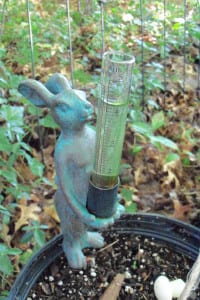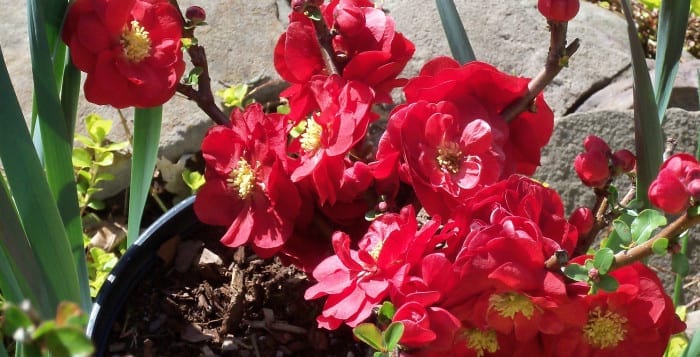By Ellen Barcel
The last two years have been interesting weatherwise on Long Island. The Old Farmer’s Almanac, which predicted a cold and snowy winter for 2013-14, and yes it was, also predicted a hot and rainy summer. As far as the hot part is concerned, it was one of the coolest summers in many years. So much for the hot part!
The wet part, well that’s a different story, kind of. Through early August we were below average. The average rain at Brookhaven National Lab in Upton for June, July, August and September hovered around four inches each of those months — a little above, a little below. June’s actual rainfall was just a little over two inches and July’s was about two and a half — definitely below average. Last fall and early winter, however, gave us plenty of rain. Last winter (2014-15) was incredibly cold and snowy. While the meteorologists didn’t talk “polar vortex” as they had the winter before, the almanac did predict a very cold winter, and yes, it was. But spring, so far has been relatively cool and dry.
Because rainfall on Long Island can vary so much from not only year to year but week to week, gardeners needed to keep an eye on it so that their gardens thrive. On average, it rains once every three or four days, but we can go for weeks in the summer with little or no rain or have it rain every day for a solid week or more.

Not only does rainfall vary timewise but geographically as well. August 13’s, 2014, record 13 plus inches of rain in southwestern Suffolk County (the Islip area in particular) flooded roads that tied up traffic, but the North and South forks got less than an inch of rain from that storm. So eastern Suffolk gardeners were watering their plants while western and central Suffolk gardeners were pumping out flooded basements.
So, place a rain gauge in your garden where it can accurately measure how much rain your garden has received. Make sure that the gauge is not under bushes, for example, which can cover the gauge’s opening. Check your gauge periodically. You can then adjust your added watering accordingly.
Most of us have very sandy soil. We need to be particularly concerned with weeks and weeks of no or little rain during the summer. We need to supplement what Mother Nature provides, particularly with plants such as tomatoes or hydrangeas, both of which need a steady supply of water. Tomato plants that dry out can result in blossom end rot. Grass should receive about an inch a week. Remember that since most of us have very sandy soil, even torrential rain, say two or more inches at once, drains quickly into the soil, and a few days later you may need to water. Also, containers dry out more quickly than plants in the ground.
Some of us have clay soil or live in an area where the water table is very high. For those gardeners, it’s not a question of getting enough rain; it can be controlling too much water or finding plants that do well in very wet soil.
If you have an area where lots of water drains into the soil, say from your roof top, you might want to consider a rain garden. This basically consists of a depressed area, frequently with a berm around it, which acts like a recharge basis (a sump) for the island’s water table. If you have an area where water virtually never drains, you might consider a bog garden. Plants that enjoy “wet feet” do well here.
Using native plants is an option and will make it easier for the gardener. Native plants are adapted to Long Island’s periods of rain and drought and need little tending.
More on native plants, rain gardens and bog gardens in future weeks.
Ellen Barcel is a freelance writer and master gardener. To reach Cornell Cooperative Extension and its Master Gardener program, call 631-727-7850.





